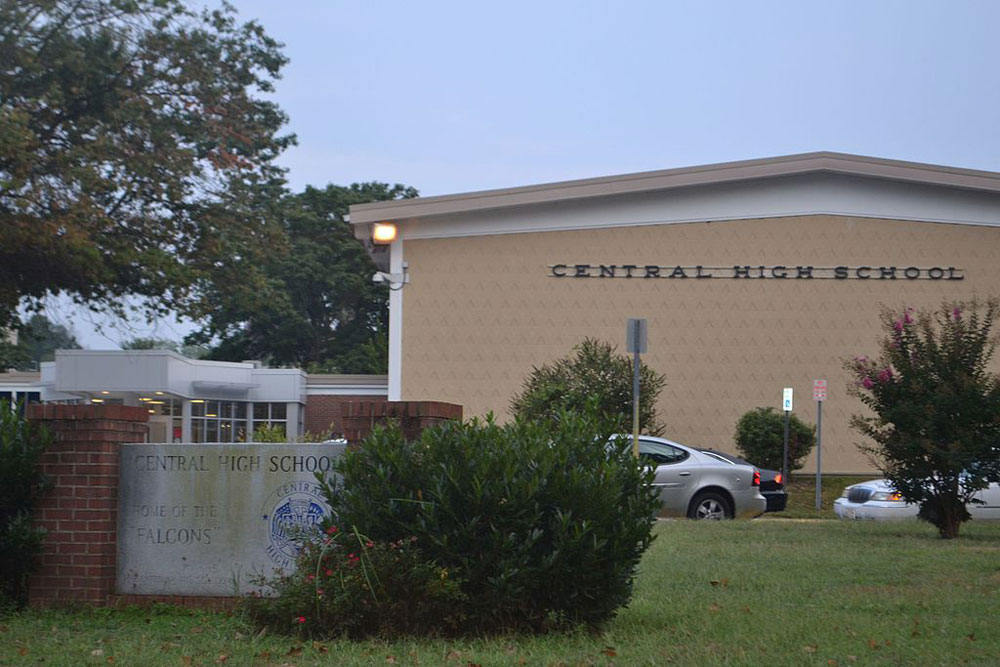
October 22, 2020; Engineering News-Record
COVID-19 has elevated the nation’s many gaps in public infrastructure. Take public schools. The poor condition of too many school buildings has made returning to classes risky for students and faculty. The lack of widely accessible high-speed broadband service has made remote education difficult or even impossible for too many families.
Maryland’s Prince George’s County—which borders Washington, DC—faces many of these challenges. According to Maryland Matters, its “school buildings are on average 45 years old, the second-oldest school stock in the state.” Unmet maintenance for those schools would cost an estimated $8.5 billion in investment. What’s more, several new schools must be built as soon as possible to accommodate a growing student population.
What is the solution? Clearly, increased public dollars for upgrading school buildings are needed, but that has never stopped folks from looking for shortcuts. What if the county could solve its investment shortage through “more businesslike management”?
Such is the approach adopted last week by the Prince George’s County Board of Education, which has entered a public-private partnership (P3) to address its $8.5-billion facility challenge. As described by the Engineering News-Record, the school board has approved a six-school, $1.2 billion construction program to be led with a team of six corporate partners that design, build and operate “five new middle schools and one K-8 facility…serving a total of 8,000 students. The team will maintain the six facilities for 30 years, after which each school is expected to avoid major maintenance costs for another 15 years. The county will own the buildings…the P3 will cut delivery time for the new schools by two-thirds and save the county…$174 million in deferred maintenance and construction costs.”
In moving in this direction, however, Prince George’s schools are ignoring the stark reality that the key issue is a lack of funds. According to Theresa Dudley, president of the Prince George’s County Educators’ Association, and Diamonté Brown, president of the Baltimore Teachers Union, writing in Maryland Matters, “public schools in Baltimore and Prince George’s County have been chronically underfunded for decades,” to the tune of “$3.2 billion in the 23 years since 1996.”
Sign up for our free newsletters
Subscribe to NPQ's newsletters to have our top stories delivered directly to your inbox.
By signing up, you agree to our privacy policy and terms of use, and to receive messages from NPQ and our partners.
The Education Law Center gave Maryland a grade of “F” for its funding effort. High poverty districts receive $800 less per pupil than wealthier districts, and the state’s own consultants said Baltimore City schools are underfunded by $342 million and Prince George’s schools are underfunded by more than $500 million every year!
Joshua Schank, head of the Eno Center for Transportation, a think tank, speaking to Governing back in 2013, underscored that P3s will not create new money.
A lot of the time public officials say, “We don’t have any money, let’s do a P3.” That’s a misperception, and one that is fueled by private-sector firms who want to pump up the concept, but also by public officials who want to escape the reality that if they want better infrastructure, somebody’s got to pay for it, and that somebody’s got to be taxpayers. A recent report from the US Department of Transportation’s inspector general said unambiguously that P3s are unlikely to reduce the infrastructure funding gap, since they don’t increase funding levels. The only way P3s could be generating revenue for state and local governments, the report concluded, is through whatever savings they might achieve through lower construction costs. But even those aren’t certain.
What is certain, as COVID-19 has underscored, is that our nation has a need to rebuild decaying infrastructure in many communities—and money, not a failure to find efficiencies, is the main stumbling block. In a recent Atlantic essay, K. Sabeel Rahman, president of Demos, wrote, “The true costs of this underinvestment have become appallingly clear. As the country looks at how to respond to both the recent demands for racial justice and the needs of survival and rebuilding from the COVID-19 crisis, any recovery agenda will have to…commit to investing more dollars into our public infrastructure, dismantling racialized barriers to access, and embracing an economic narrative that defends these public goods.”
That means more discussion of national infrastructure, one that broadens the concept. As Rahman reminds us, “Beyond roads and bridges, reformers should focus on those services and systems that are essential for full-fledged membership and well-being, that expand the capabilities and capacities of individuals and communities, and where leaving the provision in private hands would create too great a risk of exclusion or unfair, arbitrary, and extractive pricing. Concretely, this means focusing on two types of public infrastructure in particular: foundational back-end services such as water, electricity, mail, credit, broadband, and the like; and the safety net and systems for community care, including health care, childcare, public schools, and more.”
Private sector firms surely will be employed in some instances to perform the work, but P3s won’t solve the problem of inadequate funding. Underfunding BIPOC communities will not be resolved by better management, even if the private sector can supply it. Ensuring all communities have equal and adequate infrastructure is a public responsibility. We need to reaffirm that commitment to ourselves and create the means to pay the past-due bill for our dreams and aspirations.—Martin Levine













